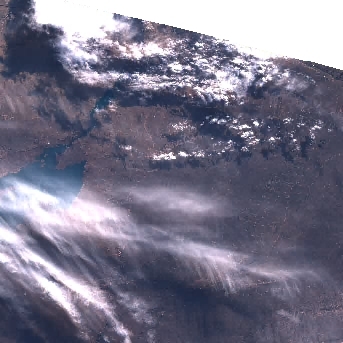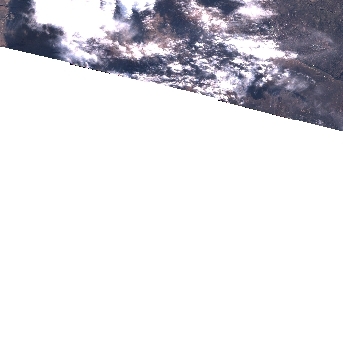Hi.
I’m using sentinelhub python package for finding and downloading sentinel2 images.
I’m getting some corner cases where for one specific date of acquisition for that AOI, the found images are 2, with time difference of seconds or some minutes. The thing is, one of those images, is chopped (a big part of the image in blank), while the other is complete. In most cases the most recent image is the correct one, but i cannot make that a rule because i found other cases where the most recent is the chopped one.
That represents a problem because i’m using the method “get_filenames_list” to inspect what i found before i download anything. If i can’t find a way to decide which of the images is the correct one just looking at the datetime, i’ll have to download the 2 images in every corner case to analyze the pixels in the image and select the correct one.
I’ll appreciate some feedback to know if this is a bug in sentinelhub or i’m configuring something wrong.
This is one of the cases (most recent is the chopped one).
B02-B03-B04-B08 is the layer in my configuration utility.
wcs_B02-B03-B04-B08_EPSG32719_560050.0_5684250.0_580040.0_5700040.0_2018-06-27T14-33-36_10mX10m_tiff_depth=32f.tiff (chopped one)
wcs_B02-B03-B04-B08_EPSG32719_560050.0_5684250.0_580040.0_5700040.0_2018-06-27T14-30-57_10mX10m_tiff_depth=32f.tiff




